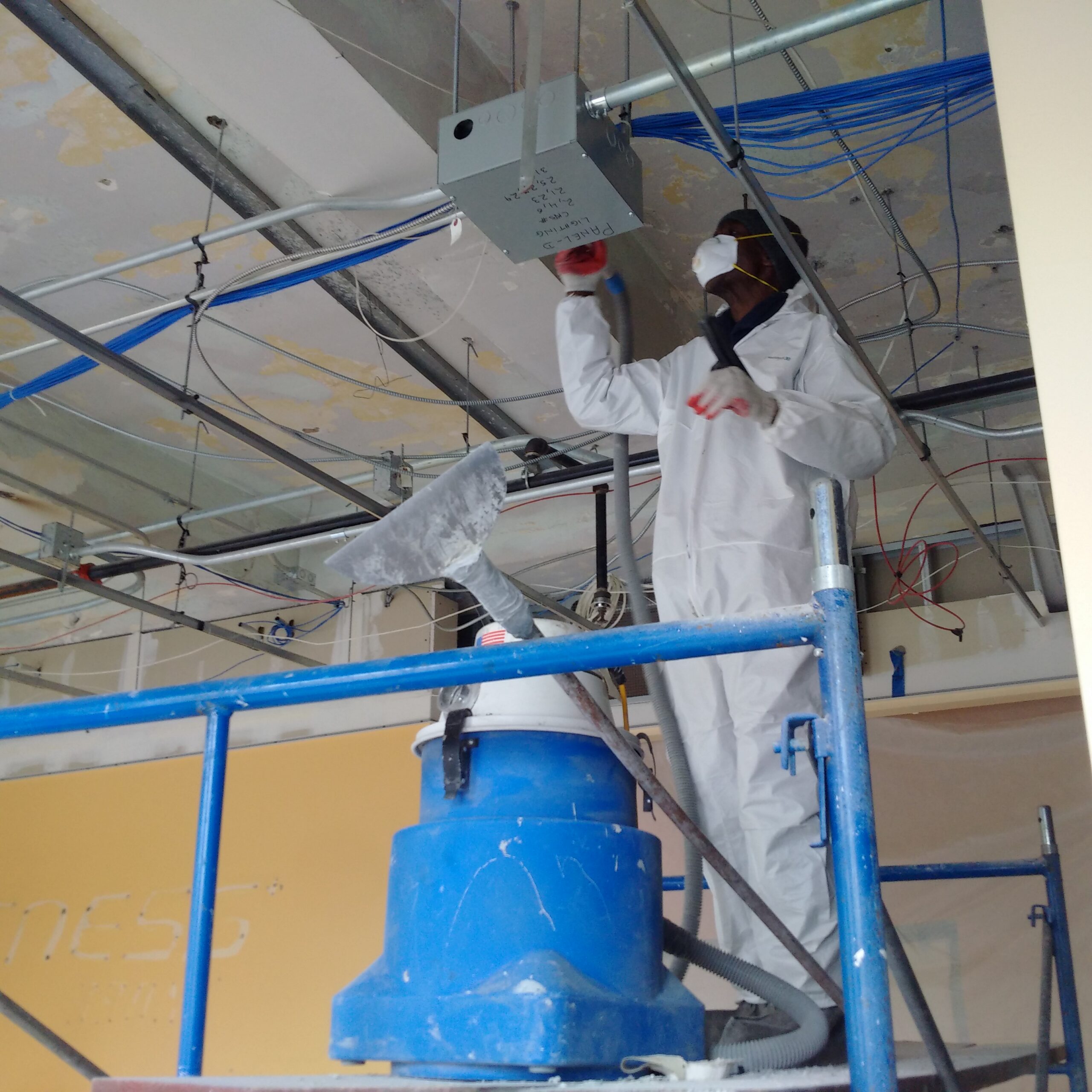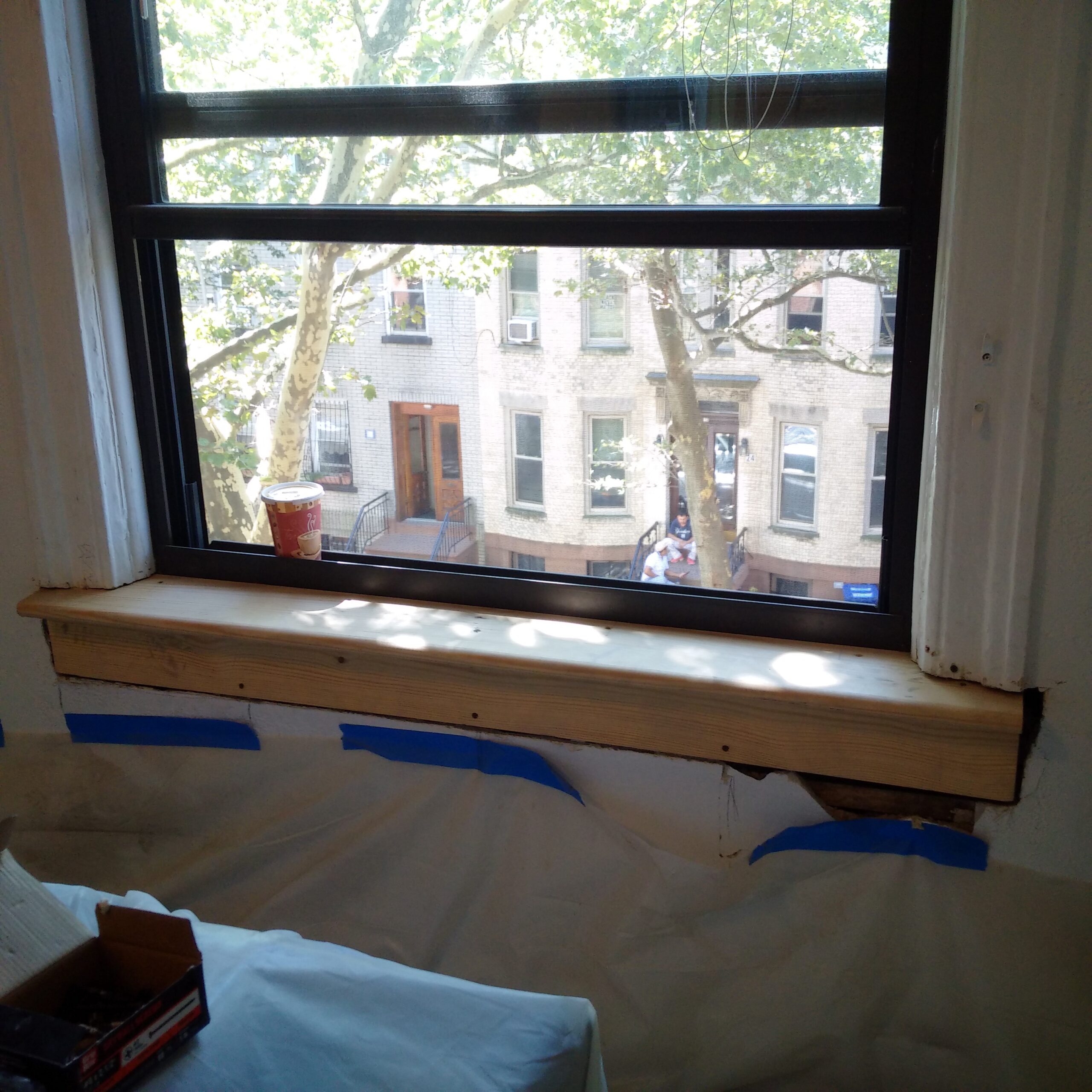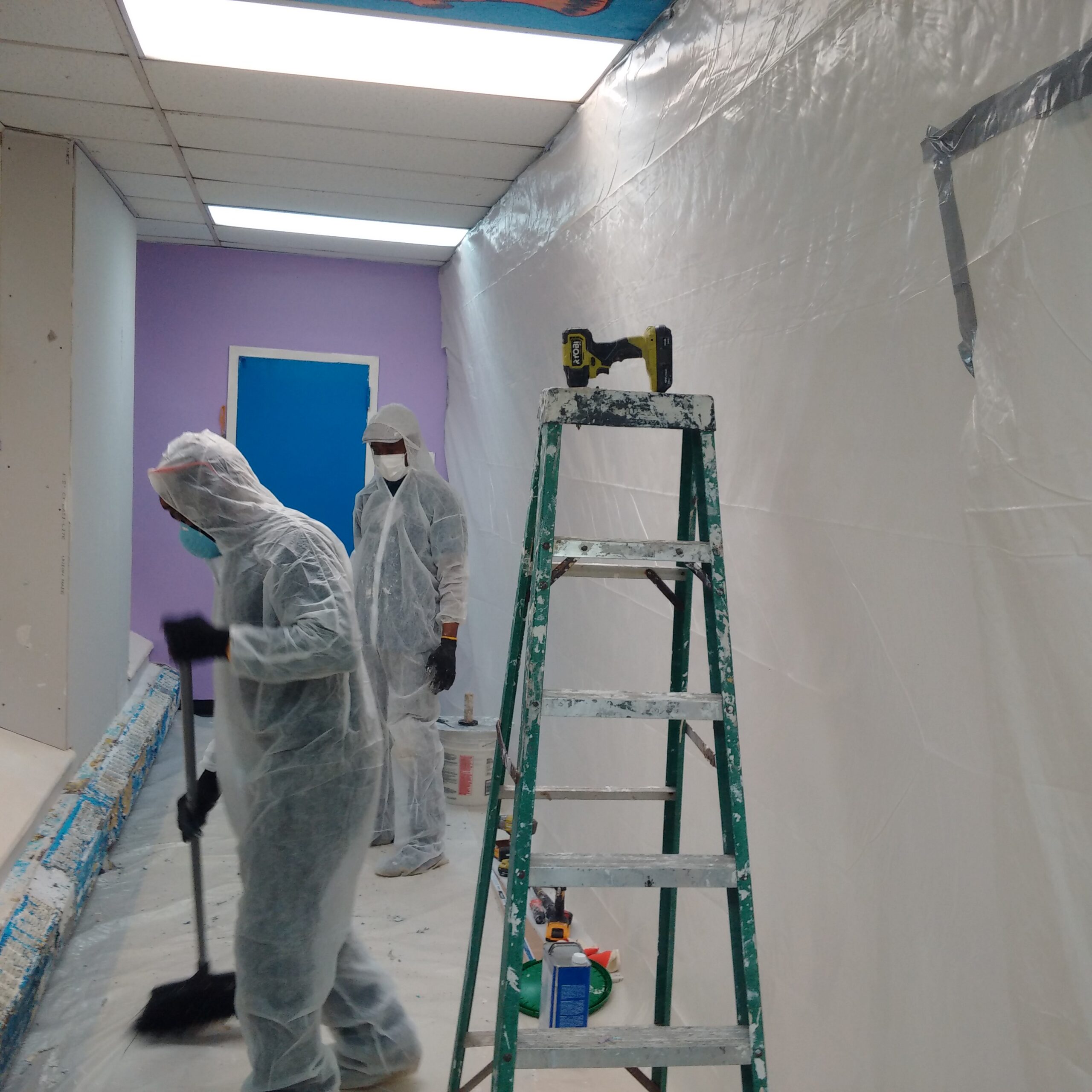Lead Removal Contractors-- Experienced Experts for Lead Reduction
Lead Removal Contractors-- Experienced Experts for Lead Reduction
Blog Article
Ideal Practices for Guaranteeing Safe and Thorough Lead Infraction Reduction
Resolving lead infraction reduction requires a multi-faceted method to ensure both security and conformity. Initial evaluations making use of advanced detection techniques such as XRF analyzers set the phase for an accurate understanding of contamination degrees. Including proper containment methods, consisting of airtight barriers and HEPA filtering, paired with using personal protective devices (PPE) for employees, creates the foundation of a protected operation. Careful cleaning procedures, including HEPA vacuuming and wet-wiping, are crucial. It's the last clearance procedure, entailing thorough inspections and laboratory testing, that truly confirms a lead-free environment, guaranteeing long-term security. Just how do these techniques adjoin to ensure detailed lead reduction?

Initial Analysis
Conducting an initial analysis is an important very first action in lead violation reduction. This phase incorporates a comprehensive evaluation of the property to identify the visibility, degree, and details places of lead-based hazards. Certified professionals, such as licensed lead inspectors or run the risk of assessors, should do a comprehensive website evaluation, making use of tools like X-ray fluorescence (XRF) analyzers to precisely detect and determine lead focus in paint, dust, dirt, and water.
The assessment should additionally include a review of the building's background, previous reports, and any type of issues or health problems reported by owners - Lead Removal Contractors. Documenting the findings diligently is important, as these documents form the basis for establishing an efficient abatement approach. A comprehensive evaluation additionally involves sampling and lab evaluation, which are vital to confirm the presence of lead and guide subsequent activities
In addition, it is vital to interact the outcomes transparently to all stakeholders, consisting of residential or commercial property proprietors, renters, and regulative authorities. By making sure that the first analysis is performed with accuracy and roughness, professionals can lay a solid foundation for a targeted and efficient lead abatement process, inevitably securing public health and guaranteeing compliance with regulative requirements.
Appropriate Containment
Correct control is important to avoid the spread of lead impurities throughout abatement tasks. Efficiently managing containment reduces the threat of lead dirt and debris moving to non-work areas, therefore protecting both the environment and people outside the immediate job zone.

Routine evaluations of the control area are essential to check for breaches or weak points in the barrier. Any type of identified problems should be immediately addressed to preserve the honesty of the containment. By sticking to these practices, reduction projects can successfully control lead contamination and alleviate associated health and wellness threats.
Worker Security
Making certain worker security is extremely important during lead abatement jobs to protect against job-related direct exposure to dangerous lead fragments. Important actions include making use of individual safety devices (PPE) such as respirators, handwear covers, and full-body fits specifically created to obstruct Visit This Link lead dirt and fumes. Workers ought to go through thorough training on the correct usage and maintenance of PPE, including in shape testing for respirators to make sure optimum efficiency.
Design controls, such as local exhaust ventilation systems, are important in decreasing air-borne lead focus in the work environment. Management controls should also be executed, including limiting the duration of exposure and rotating workers to decrease private exposure times. Routine medical surveillance and organic monitoring are essential for early detection of lead absorption, enabling timely intervention and therapy.
In addition, developing a purification procedure is crucial. Workers have to follow stringent decontamination procedures prior to breaks and at the end of their change to stop lead dirt from being brought outside the workspace. This consists of thorough hand and face washing with lead-specific cleaner and changing out of infected apparel.
Careful Clean-up
Maintaining a safe job atmosphere extends past employee defense and incorporates careful clean-up to ensure lead fragments are completely removed from the website. The procedure of precise cleaning is essential in stopping the recontamination of the eased off area and guarding both present and future occupants.
To attain a detailed cleanup, all workplace need to be systematically sanitized. This involves the usage of specialized HEPA (High-Efficiency Particulate Air) hoover and wet-wiping techniques to record and eliminate great lead dust that might have settled on i thought about this surface areas. It is essential to cleanse all horizontal surface areas, consisting of floors, home window sills, and countertops, in addition to upright surfaces that might have entraped lead bits.
Employees must use ideal personal protective tools (PPE) during clean-up to stay clear of direct exposure to residual lead dirt. Made use of cleaning materials such as wipes, sponges, and wipe heads need to be gotten rid of based on contaminated materials disposal guidelines.

Final Clearance
Last clearance is the essential wrapping up phase of lead abatement that identifies whether the site is safe for reoccupation. This vital step includes extensive assessment and testing to validate that all lead hazards have actually been properly removed.

Final clearance testing not just secures future residents but additionally makes sure compliance with local, state, and government guidelines. It serves as a recorded validation of the reduction professional's adherence to market best techniques. Making sure an extensive and successful last clearance is important in guarding public health and wellness and fostering rely on the abatement procedure.
Conclusion
Making sure safe and detailed lead infraction abatement necessitates a multifaceted method encompassing preliminary evaluations with sophisticated discovery techniques, reliable containment methods, stringent worker security procedures, and careful cleanup procedures. The why not try here last clearance stage, featuring thorough inspections and lab screening, is essential to verify conformity with EPA standards. Adherence to these finest techniques ensures a secure environment for residents, minimizes health risks, and maintains governing needs, thereby promoting public health and wellness and security in lead-affected locations.
Report this page